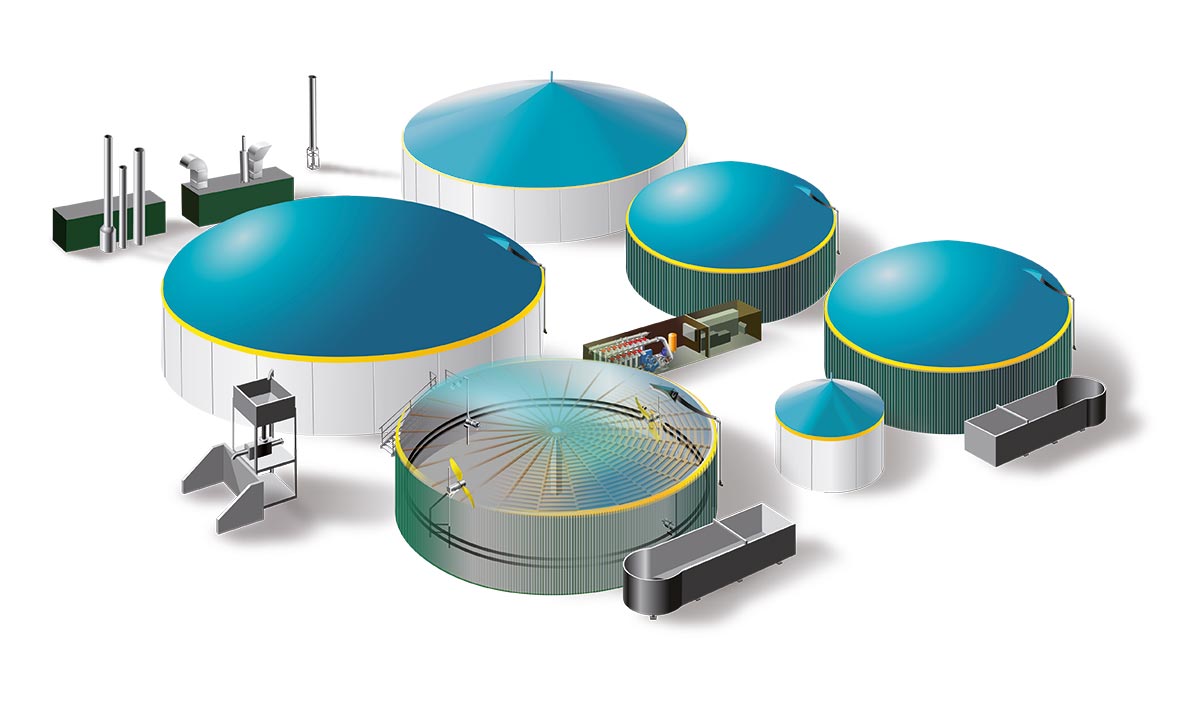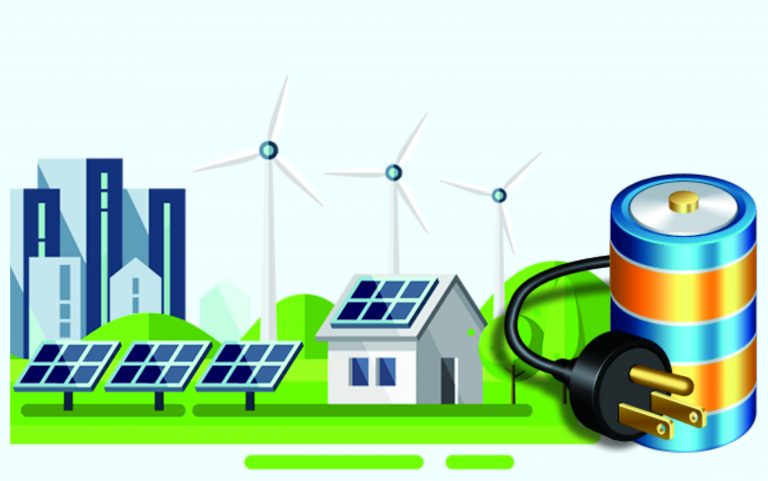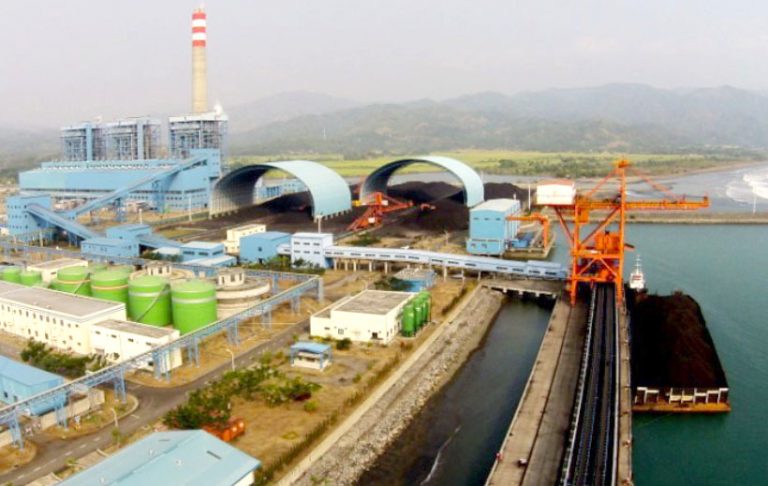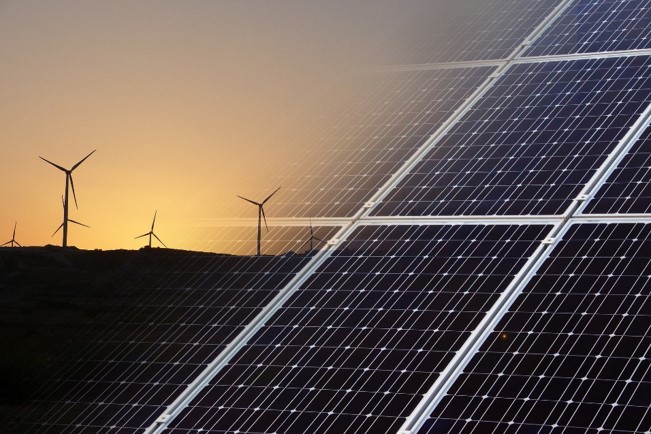It boggles the mind to know the large potential of sustainable green gas supply while having the capability to reduce emissions, which is yet to be explored, viz. biomethane from POME. According to Cooper, H et al. (2020), the conversion process from peatland to palm oil plantation results in 70 – 110 tons of CO2e/hr/yr, which results in between 16.6 and 27.9% of combined total national GHG emissions from Malaysia and Indonesia or 0.44 and 0.74% of annual global emissions (with 95% CI). Although the emitted emission to convert the peatland to palm oil plantation is considerably high in the first five years of young palm oil trees, POME (Palm oil Mill Effluent) utilization through anaerobic digestion might compensate for the emitted greenhouse gas from land conversion,
To fully grasp the potential of Indonesia’s biomethane supply, Indonesia produced around 45 million tonnes of palm oil fruit in 2021 (1), which resulted in a massive ca. 11 million tonnes of POME. As stated in a previous section, anaerobic digestion might be the answer to tackle substantial POME waste might be the answer while also generating value in the form of biomethane. Looking at the share of production, Sumatra Island is accountable for 52% of the palm oil fruit production. In a ballpark estimation, it is estimated up to 70 MMSCFD. Such potential is massive since the produced green gas is considered sustainable, compared to the conventional natural gas subject to the recoverable reserve.
The economic value of the biomethane itself and its massive potential has carbon economic value, namely carbon credits. A carbon credit is already a widely-known tradable certificate, signifying that one ton of carbon dioxide (CO2e) has been removed from the atmosphere or prevented from being released. According to the Sime Darby study cases on Roundtable on Sustainable Palm Oil (2018) (2), four composting plants (Ca. @22,000 ton/year) of mixed POME and EFB (Empty Fruit Bunch) could generate 180,000 CER (Certified Emission Reduction) from 2010 – end of 2012. This project is one of the first of its kind in Asia to achieve issuance of CERs.
So, the next question is, how can credits be monetized to support the viability of biomethane projects in Indonesia? What is the regulatory framework situation for carbon credits and carbon trading in Indonesia? and lastly, where is the biomethane position in the existing framework? To answer that, we have to look at the general provisions of carbon trading in Indonesia, which are:
- Presidential Regulation (PR) 98/2021 about the Implementation of Carbon Economic Value (CEV)
- Ministry of Environment and Forestry (MoEF) Regulation 21/2022 about Guidelines of Carbon Economic Value Implementation
- Ministry of Energy and Mineral Resources (MoEMR) Regulation 16/2022 about the Carbon Trading for the Power Plant Subsector.
- Ministry of Environment and Forestry (MoEF) Regulation 7/2023 about the procedures for Carbon Trading in the Forestry Sector.
In the PR 98/2021, it is stated that the administration of the CEV is determined by the relevant Minister, who considers the NDC roadmap, sectoral NDC target achievement strategies, GHG emission upper limits, time effectiveness & cost efficiency, and advancements in science, technology, and sectoral capacity. On top of that, this PR is quite crucial regulation since it spells the fundamental elements of implementing carbon trading, as follows:
- The mechanism and procedure of emission trading, GHG emission offset, approval, and registration.
- Utilization of domestic carbon trading revenue by the state.
- Profit-sharing from trading.
- Guidelines for the implementation of carbon trading, and
- Transfer of carbon rights status within the country, conducted through the registration mechanism of the National Registry System for GHG Mitigation Activities (SRN PPI), and abroad, carried out through the registration mechanism of SRN PPI and authorization for foreign carbon trading.
The PR 98/2021 regulation also explains the types of carbon trading, emission trading, and GHG emission offset. In emission trading, the trading is based on efforts/activities with emissions above the upper limit of GHG emissions/below the upper limit. The upper limit will be established through technical agreement by the relevant Minister, known as PTBAE AU (Technical Approval of Emission Ceiling of Business Actors). On the other hand, the GHG emission offset, known as SPE GRK (Certificate of Greenhouse Gas Emission Reduction) is implemented where a business and/or activity does not have a specified upper emission limit and achieves the reduction in GHG emission from climate change mitigation that are below the established targets and baseline or above the established targets and below the specified baselines.
In order for companies/businesses to purchase GHG emissions within the GHG emission offset (SPE GRK), they must first fulfill their obligation to reduce GHG emissions through climate change mitigation actions. This means companies must demonstrate the efforts/activities to reduce their emission first before reduction through the purchasing of SPE GRK.
For the MoEF Reg. 21/2022, the regulation is more comprehensive and particularly addresses the biomethane and agriculture and waste sectors. Again, the regulation comprises several sectors, as follows:
- Energy
- Waste
- Industrial processes and product use.
- Agriculture,
- Forestry,
- Other sectors (in accordance with the advancements of science and technology.
The regulation also stipulates that the implementation of carbon trading has to adhere to the following provisions, as follows:
- Align with the Carbon Trading Roadmap.
- Establish emission reduction reserves (buffers) and
- In the form of SPE-GRK for Cross-sector Carbon Trading.
Interestingly, the reserves/buffers is established in this regulation into three parts, which are:
- An amount ranging from 0 – 5% of SPE-GRK for domestic GHG emission offsets.
- A minimum of 10% and a maximum of 20% of SPE-GRK for International GHG emission offset.
- A minimum of 20% of SPE-GRK for International GHG emissions offsets beyond the scope of the NDC.
Based on those current conditions, although the fundamentals of carbon credit regulation are already in place, describing the scope of waste management falls under MoEF jurisdiction. Several detailed regulations might be needed to achieve the same granularity as the other sectors (electricity and forestry).




